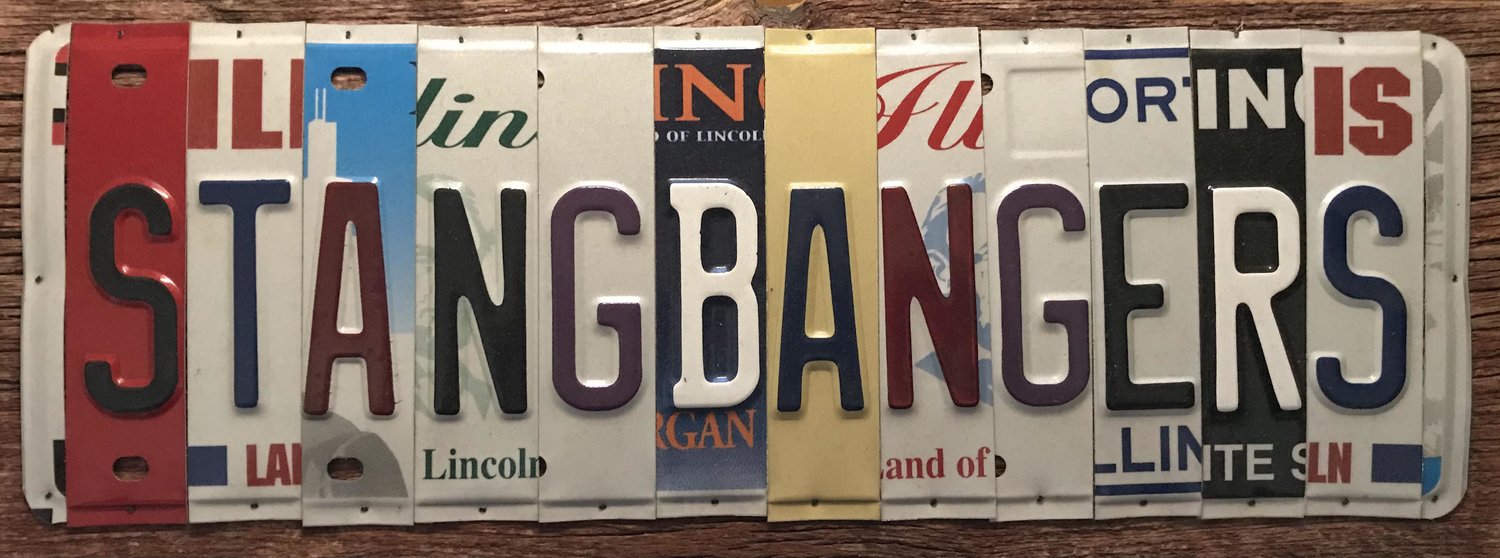Tested: 1989 $20K Sports Coupe Roundup (Car and Driver)
From the Archive: Eight of the best-performing sport-coupe bargains from Ford, Honda, Mazda, Mitsubishi, Nissan, Subaru, and Toyota compete for top honors.
From the July 1989 issue of Car and Driver.
No enthusiast needs more than a nanosecond to name the car he’d really like to own. Corvette. Porsche. Ferrari. These are the automobiles that every enthusiast lusts after. Unfortunately, most of us are deprived of our dream machines by the realities of a limited bank balance and the need for practical daily transportation. And unless we suddenly master the secret of insider trading or televangelism, we’re probably never going to have the wherewithal to quench our automotive thirst.
Fortunately, there is a breed of car that can bridge the gap between the enthusiast’s dreams and his financial constraints: the supercoupe.
Car and Driver adopted this term back in the mid-1970s, when enthusiastic cars were languishing in the shadows of emissions regulations and the nation’s scarce fuel supply. According to our definition, a supercoupe was any compact-sedan-based two-plus-two that had been fortified with the largest engine and stoutest suspension on its maker’s parts shelf. Such cars were practical: their rear seats, though typically too small for adults, provided room for kids or extra luggage. And their mass-market sedan heritage helped keep them affordable for mere mortals. These cars—Opel Mantas, Toyota Celicas, Mercury Capris, and Ford Mustang IIs—seem hopelessly antiquated to us now, but they served to sustain enthusiasts in a period when thirsty V-8s and wheel-spinning performance were all but extinct.
We certainly don’t suffer a horsepower shortage today. The marketplace offers more power and performance than ever before, but the price of admission into the upper echelons of speed is still prohibitive. Now as then, supercoupes provide the solution for the average enthusiast who wants to get in on the fun.
Just as in the seventies, modern supercoupes are derivatives of mass-market sedans. Not only does this help keep their sticker prices down, it also means that these supercoupes are built with proven, reliable hardware.
For this test, we specified that each supercoupe must have a rear seat of some type, three doors or less, a high-performance powertrain and suspension, a low-slung body, and a price under $20,000 — including air conditioning, a good stereo system, and freight.
The following cars met our criteria: the Chevrolet Camaro IROC-Z, the Dodge Daytona Shelby, the Ford Mustang LX 5.0, the Ford Probe GT, the Honda Prelude Si, the Isuzu Impulse Turbo, the Mazda MX-6 GT, the Mitsubishi Eclipse GS Turbo, the Nissan 240SX SE, the Plymouth Laser RS Turbo, the Pontiac Firebird Formula, the Subaru XT6, and the Toyota Celica GT-S. Three other contenders, the Mazda RX- 7 two-plus-two, the Chrysler Conquest TSi, and the Mitsubishi Starion ESI-R, exceeded our $20,000 price cap. The new four-wheel-drive Eagle Talon TSi AWD/Mitsubishi Eclipse CSX Turbo met our requirements but was not yet available at the time of our test.
(photo credit: Car and Driver)




